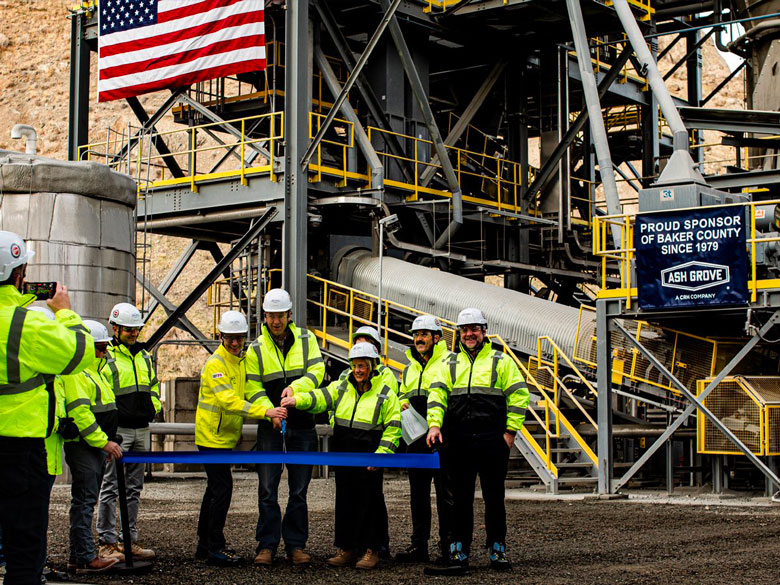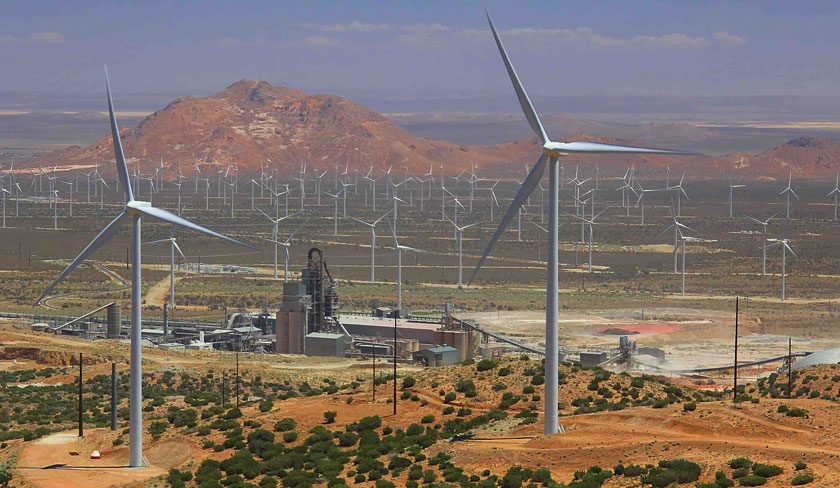Members of the Institutional Investors Group on Climate Change (IIGCC) and participants in Climate Action 100+, a global shareholder engagement initiative, are calling on leading European cement companies to take necessary steps to combat climate change. The measures are outlined in “Investor Expectations of Companies in the Construction Materials Sector,” which was published by IIGCC and can be downloaded here.
Copies of the report with accompanying letters setting out the steps most applicable for each company were sent to chairs of the board for CRH, LafargeHolcim, HeidelbergCement as well as building materials manufacturer Saint-Gobain. The investor signatories to the letters collectively have or represent over $2 trillion in assets, assets under management and under advice.
As the most widely used construction material globally, cement is the source of 7% of global man-made carbon dioxide emissions, noted IIGCC. If the cement industry were a country, it would be the third largest global emitter, behind only China and the United States.
“The cement sector needs to dramatically reduce the contribution it makes to climate change. Delaying or avoiding this challenge is not an option. This is ultimately a business-critical issue for the sector,” explained Stephanie Pfeifer, CEO, IIGCC and a member of the Climate Action 100+ global steering committee.
Pfeifer continued, “Major economies such as the UK and France are increasingly adopting economy-wide net zero emission targets. The cement sector needs to get ahead of the profound transformation their sector faces by addressing barriers to decarburization in the short- to medium-term if companies are to secure their future.”
Governments have committed to limiting global warming to well below 2°C with ratification of the Paris Agreement. In line with subsequent policy and market responses, the cement sector will be exposed to significant risks if it fails to anticipate and keep pace with necessary reductions in greenhouse gas emissions.
Companies that are not yet sufficiently pursuing new technologies and approaches to maximize emissions reductions from cement production and use risk being left behind or significantly disadvantaged as construction methods change.
Key details set out in the “Investor Expectations” report include:
- Greenhouse gas emission reductions. Companies should commit to becoming carbon neutral by 2050, meaning that they should achieve net zero carbon dioxide emissions by this date.
- Public policy transparency and advocacy for the Paris Agreement. Investors expect that companies engage with policy makers to support cost-effective measures to mitigate climate change and an orderly transition to a low-carbon economy.
- Implementation of a strong governance framework. This includes assigning specific responsibility for climate change to a board committee or board member, to oversee climate risk or broader sustainability topics.
- Disclosure. Provide enhanced corporate disclosure in line with the recommendations of the Task Force on Climate-related Financial Disclosures.
“The construction materials industry needs a significant change in business-as-usual practices to align to a two-degrees trajectory in line with the Paris Agreement,” added Jocelyn Brown, one of the lead authors of the report and senior investment manager sustainable ownership, RPMI Railpen. These investor expectations highlight good practice, and others in the sector are encouraged to follow their example to avoid the consequences of increased scrutiny from their shareholders.”
The investors recognize the steps HeidelbergCement in particular has taken in already having committed to meeting key aspects of the investor expectations outlined. CRH, LafargeHolcim and Saint-Gobain have been encouraged to follow suit, given the significant role they play as European-based multinationals.



